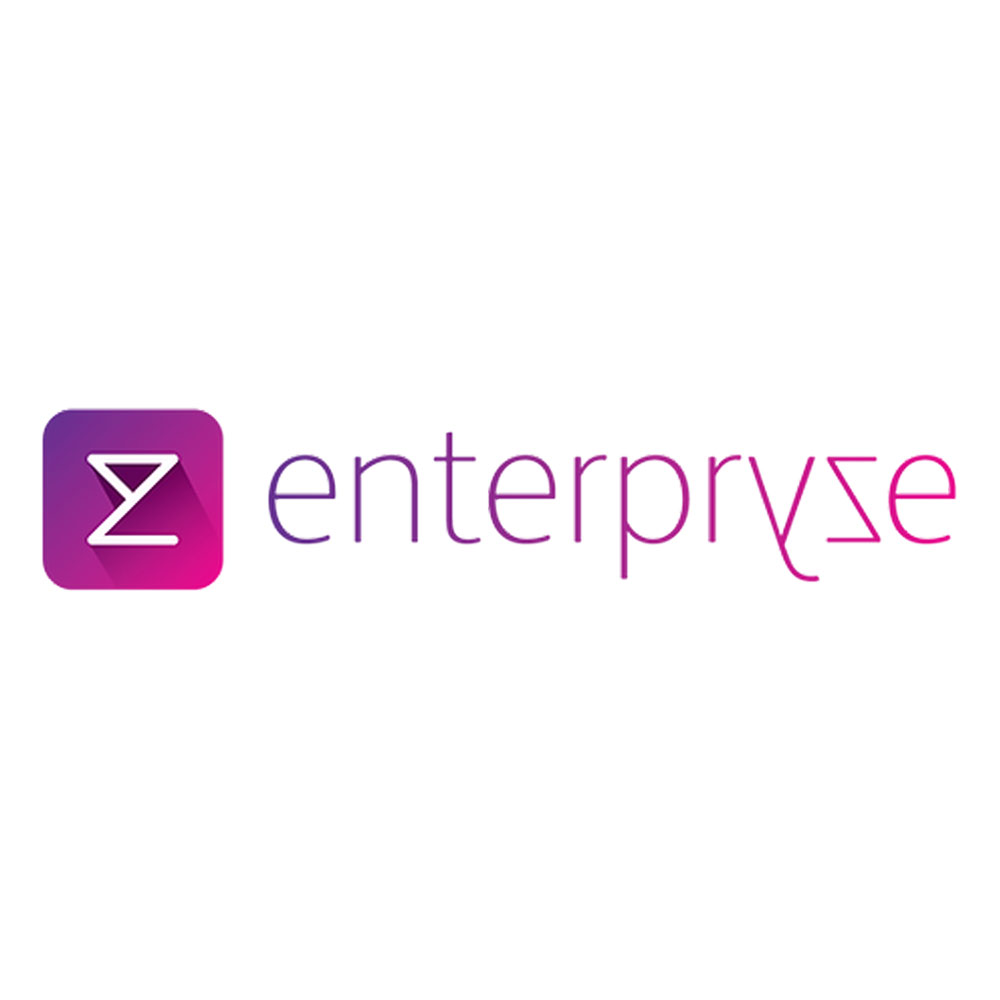The retail and hospitality sectors are now more competitive than ever, which makes it essential to keep up with the very latest technology trends. The evolution and introduction of new and innovative technology offer increasing benefits to organisations; such as increased market share, increased ROI through the streamlining of business processes, and reduction of labour costs, all whilst enabling employees to focus on improving customer journeys.
The user experience (UX) is one of the most critical – and often overlooked – business factors impacting today’s organisations. Many projects and initiatives fail to deliver the desired results due to poor productivity gains. And high-performing employees and knowledge workers aren’t as productive as they could be because they have a difficult time getting access to tools, information, systems, processes, workflows, data, people, and so on when needed.
In other words, poor user experience dramatically impacts business performance! In fact, according to a study conducted by Forrester Research, companies with above-average user experience have revenue growth that is 2.5 times greater than those with below-average user experience.
User Experience Challenges in Retail & Hospitality
In a recent survey of retail and hospitality companies, 77% of respondents said user experience isn’t being fully met despite significant investments in technology. This finding is supported by a separate study that found 70% of hotel guests don’t use hotel e-commerce systems because they’re too complex. In other words, users – both internal employees and external customers – have a difficult time getting their work done with existing solutions.
One underlying factor for this phenomenon? The culture within many organisations today is not conducive to a great user experience. In fact, more than half of respondents in the retail and hospitality survey mentioned that their culture is not user experience friendly.
Specifically, there are several factors that influence user experience in these environments:
Too much focus on technology instead of people
Technology often isn’t used to improve end-user productivity but rather to solve quick problems or enable a new business process/functionality. As a result, applications/solutions are either too complex for users or don’t address real work challenges (e.g., information overload). This lack of focus on the user has also created siloed IT organisations where support teams don’t understand how technology is being used by different groups across the organisation. This makes it difficult to create great experiences because all users aren’t considered when evaluating technology options and solutions.
Lack of user involvement
Companies that fail to involve end-users in their design and decision-making processes will struggle with user experience because their priorities are out of sync with those who use the solution on a daily basis. Involving users from the beginning of a project helps ensure that their needs are met, thus resulting in IT teams creating solutions based on business requirements and user needs. This collaboration also drives a better design because participants have a vested interest in ensuring that the solution meets their goals.
An unclear vision for technology
Some companies don’t have a clear understanding of what they’re trying to accomplish, which impacts how technology is used by employees across the organisation. For example, if an organisation is trying to transform its business but doesn’t provide enough support for this initiative, then most employees will continue working in the same way until they’re forced to change/adapt (e.g., new technologies are introduced). Creating clarity around your objectives enables everyone within the organisation to work toward a common goal, thus helping scale the transformation.
Amazon Go
A great example of these innovative technology solutions being integrated to improve proper value for the end-user is the Amazon Go stores. Amazon reviewed and understood the customer pain points of timely store visits, due to long queues and other customers. So, they created their first brick-and-mortar store that removes these, resulting in value for the end-user. It was the first store of this kind and Amazon set the tone for other companies to match and attempt to provide similar Digital Transformation solutions. Most importantly, consumers learn and demand more as a result.
Many organisations simply aren’t doing enough to deliver exceptional end-user experiences that set them apart from the competition. This is because these companies don’t have a process in place for understanding user needs, measuring how employees are using technology, and identifying areas where they can improve (e.g., updating their platform). However, when you create an experience with digital engagement at its core – something Amazon has done particularly well – then your business benefits in numerous ways.
Hospitality and Retail Consultancy with Tratech
Tratech Consulting is a different type of consultancy, we specialise in IT consultancy for the Retail, Hospitality, Manufacturing, and Supply Chain industries. With deep experience across technology transformation, business analysis, design, implementation, data migration, and support, we are ideally placed to help customers solve the WHOLE problem. Get in touch today!
Read our previous blog here.








